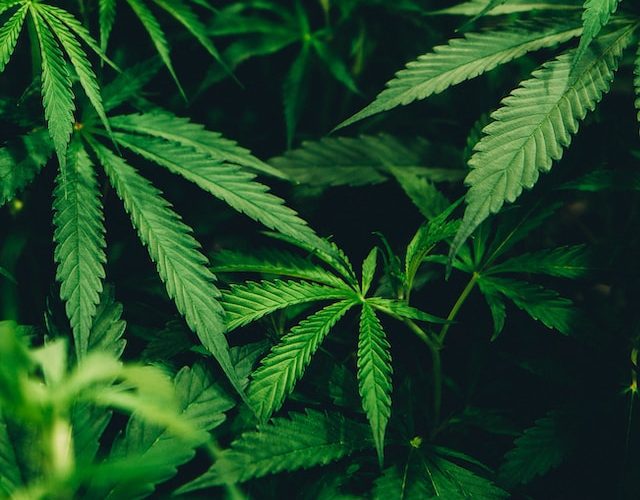In recent years, there has been a growing interest in the relationship between cannabis, commonly referred to as weed, and sleep. As more states and countries legalize its recreational and medicinal use, people are seeking answers about how cannabis affects sleep patterns and whether it can be an effective sleep aid. This article explores the subject, shedding light on the potential benefits and drawbacks of using weed for a good night’s sleep.
Understanding the Science: Research on the impact of cannabis on sleep is still evolving, and while anecdotal evidence exists, conclusive scientific findings are limited. However, the endocannabinoid system in our bodies, which interacts with compounds in cannabis, plays a crucial role in regulating sleep. The two primary compounds in cannabis, tetrahydrocannabinol (THC) and cannabidiol (CBD), are believed to influence sleep in different ways.
THC and Sleep: THC, the psychoactive compound responsible for the “high” associated with cannabis, has been found to have sedative effects. It may help reduce the time it takes to fall asleep and increase the duration of slow-wave sleep, which is vital for restorative rest. However, higher doses of THC can disrupt the sleep cycle, leading to decreased REM sleep and vivid dreams.
CBD and Sleep: CBD, on the other hand, is non-intoxicating and has gained attention for its potential therapeutic properties. While research on CBD’s direct impact on sleep is limited, some studies suggest that it may alleviate symptoms associated with insomnia and anxiety, promoting a more relaxed state conducive to sleep. However, further investigation is needed to fully understand CBD’s effects on sleep patterns.
Personal Factors and Variability: It’s important to note that the effects of cannabis on sleep can vary widely among individuals. Factors such as dosage, strain type, consumption method, and an individual’s tolerance and metabolism all contribute to the variability. What works for one person may not work for another, making it crucial to approach cannabis as a sleep aid with caution and personalized experimentation.
Potential Risks and Side Effects: While cannabis may help some individuals achieve better sleep, it is not without potential risks and side effects. Regular use of THC-rich cannabis can lead to dependence and withdrawal symptoms upon discontinuation. It may also exacerbate certain sleep disorders or interfere with the sleep cycle, impacting overall sleep quality. Additionally, cognitive impairment and daytime drowsiness are common side effects associated with cannabis use, which can hinder productivity and cognitive function the following day.
Navigating Safe Usage: For those considering using cannabis as a sleep aid, it is essential to consult with a healthcare professional, especially if you have pre-existing medical conditions or are taking other medications. Medical supervision can help mitigate potential risks and ensure an informed decision. Furthermore, exploring alternative methods to improve sleep hygiene, such as maintaining a consistent sleep schedule, creating a relaxing bedtime routine, and optimizing the sleep environment, should not be overlooked.
Conclusion: The relationship between weed and sleep remains complex, with ongoing research shedding light on its potential benefits and drawbacks. While some individuals may find relief from sleep issues through the controlled use of cannabis, it is essential to approach it responsibly and with consideration for individual differences. As further scientific evidence emerges, a more nuanced understanding of how cannabis interacts with sleep will help individuals make informed choices about incorporating it into their sleep routines.












